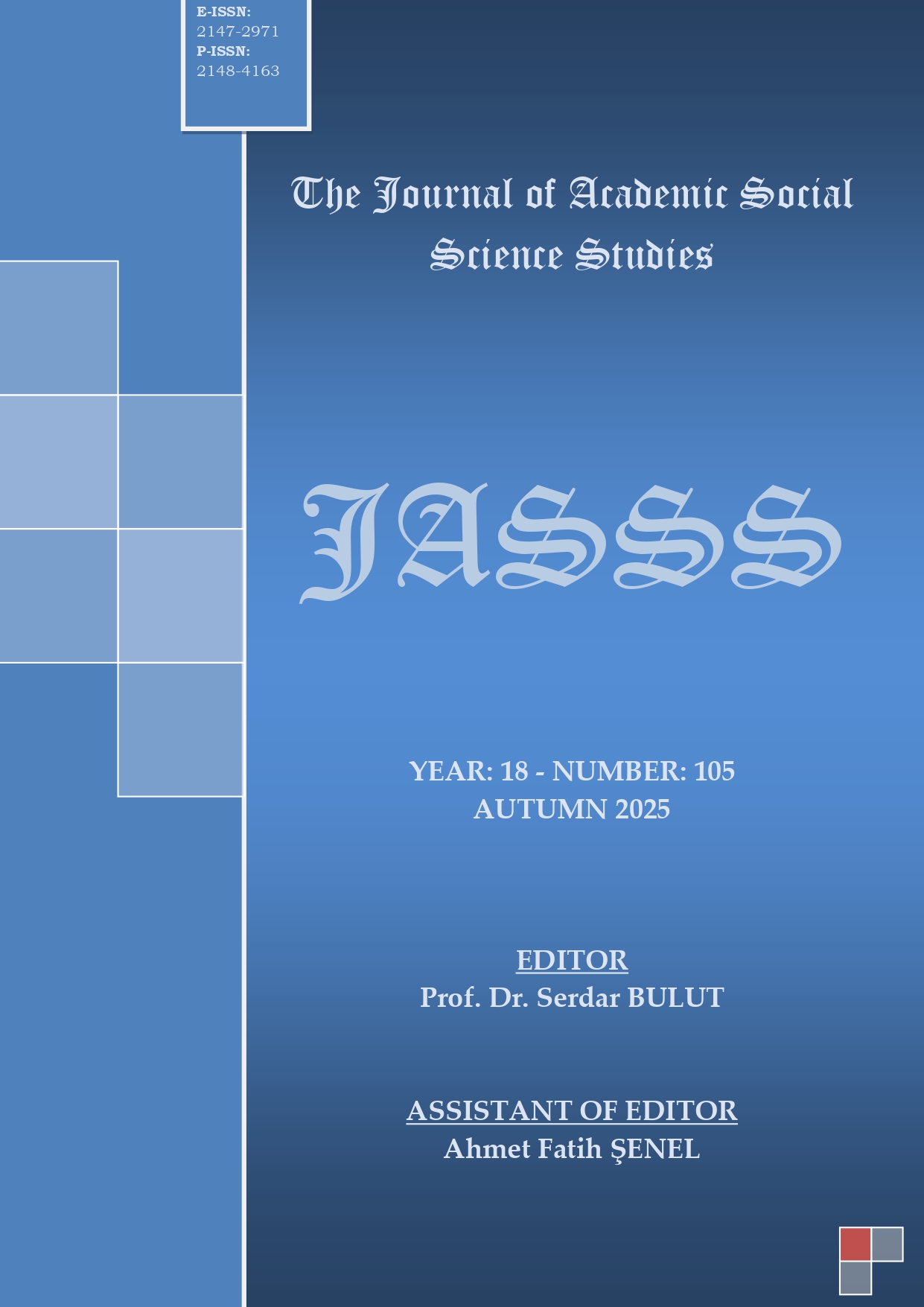Author :
Abstract
Makale Mısır ve Babil medeniyetlerinin şehir tarihi ve mimari kurgusunu incelemeyi amaçlamaktadır. Bu kurgu dahilinde değişen yönetimlerle tapınak ve diğer merkezi kutsal alanların ele alınması, hüküm sahipleriyle bağlantılı olarak kutsallığın mimariyle ilişkisinin incelenmesi hedeflenmiştir. Şehirlerin odak noktaları bağlamında merkez sembolizmi analiz edilerek, axis mundi noktaları üzerinden iki kadim medeniyetin aralarındaki ayrışma ve benzerlikler üzerinde durulmuştur. Ayrıca, dinler tarihi ve mitoloji bağlamında sıklıkla teorik düzeyde ele alınan merkez sembolizmi ve axis mundi kavramlarının somut mimari izdüşümlerini incelemek ve soyut kutsal tasavvurun şehir ölçeğinde nasıl görünür biçimde mekâna taşındığını ortaya koymak da amaçlanmıştır.
Çalışma, Mısır'ın Memfis ve Teb gibi değişen merkezleri ile Babil'in çoğunlukla Babil şehri üzerinden mimarlık tarihi bağlamında ele almıştır; Ninova ile kısa bir karşılaştırma da yapılmıştır. Belirtilen kavramlar üzerinden seçici bir araştırma yöntemi benimsenmiştir. Bahsedilen şehirlerin mimarlık tarihi, harita ve planları üzerinden değerlendirme yapılmış, somut arkeolojik ve tarihsel veriler ışığında Mısır ve Babil medeniyetlerinin kutsal tasavvurları ve inanç sistemleri irdelenmiştir.
Keywords
Abstract
The article aims to examine the urban history and architectural fiction of the Egyptian and Babylonian civilizations. Within this fiction, it is aimed to examine the temples and other central sanctuaries with changing administrations, and to examine the relationship of sacredness with architecture in relation to the rulers. By analyzing the symbolism of the center in the context of the focal points of the cities, the divergence and similarities between the two ancient civilizations are emphasized through axis mundi points. In addition, it is also aimed to examine the concrete architectural projections of the concepts of center symbolism and axis mundi, which are often discussed at the theoretical level in the context of the history of religions and mythology, and to reveal how the abstract sacred imagination is visibly carried into space on a city scale.
The study deals with the architectural histories of Egypt's changing centers such as Memphis and Thebes and Babylonia, mostly through the city of Babylon; a brief comparison with Nineveh is also made. A selective research method was adopted based on the mentioned concepts. The architectural history, maps and plans of the mentioned cities have been evaluated, and the sacred visions and belief systems of the Egyptian and Babylonian civilizations have been examined in the light of concrete archaeological and historical data.





